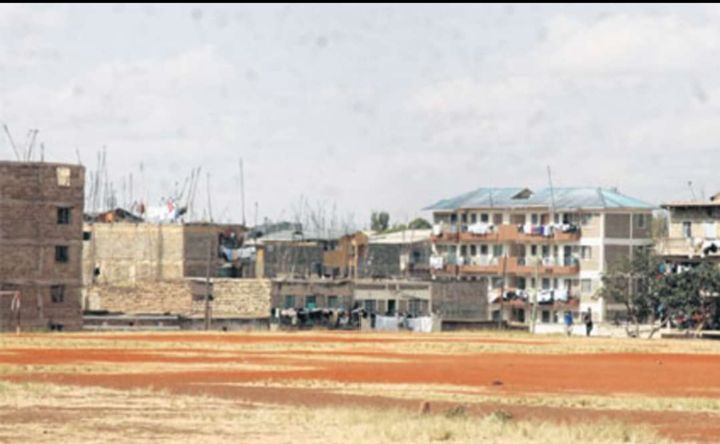Kayole Estate is a neighborhood located in the eastern suburbs of Nairobi, the capital city of Kenya. It is known for its high population density and diverse mix of residents, including many who work in Nairobi’s bustling central business district.
The history of Kayole Estate can be traced back to the early 20th century, when the area was still largely rural and agricultural. At the time, much of the land was owned by European colonizers, who used it for farming and ranching. However, as Nairobi began to grow and urbanize, the demand for housing in the city increased. This led to the development of new residential areas on the outskirts of the city, including Kayole Estate.
The first residents of Kayole Estate were primarily middle-class families who were attracted to the area’s relatively affordable housing prices and proximity to the city center. As more and more people moved into the neighborhood, it began to develop its own distinct character and culture.

Throughout the 20th century, Kayole Estate continued to grow and evolve. New schools, hospitals, and shopping centers were built, and the area became increasingly connected to the rest of Nairobi through the expansion of the city’s transportation infrastructure.
In the late 20th and early 21st centuries, Kayole Estate faced a number of challenges. As the population of Nairobi grew, the demand for housing in the city increased, and many people were forced to live in overcrowded and poorly constructed buildings. This led to high rates of crime and violence in Kayole Estate, and many residents felt unsafe in their own neighborhoods.
In recent years, however, the situation has improved. The Kenyan government has invested in the development of Kayole Estate, building new schools, hospitals, and other infrastructure projects. This has helped to improve the quality of life for residents, and the area has become a more desirable place to live.
Today, Kayole Estate is a thriving and vibrant community, home to a diverse mix of people from all walks of life. It is a bustling neighborhood with a rich history and a bright future, and it continues to be an important part of the city of Nairobi.






